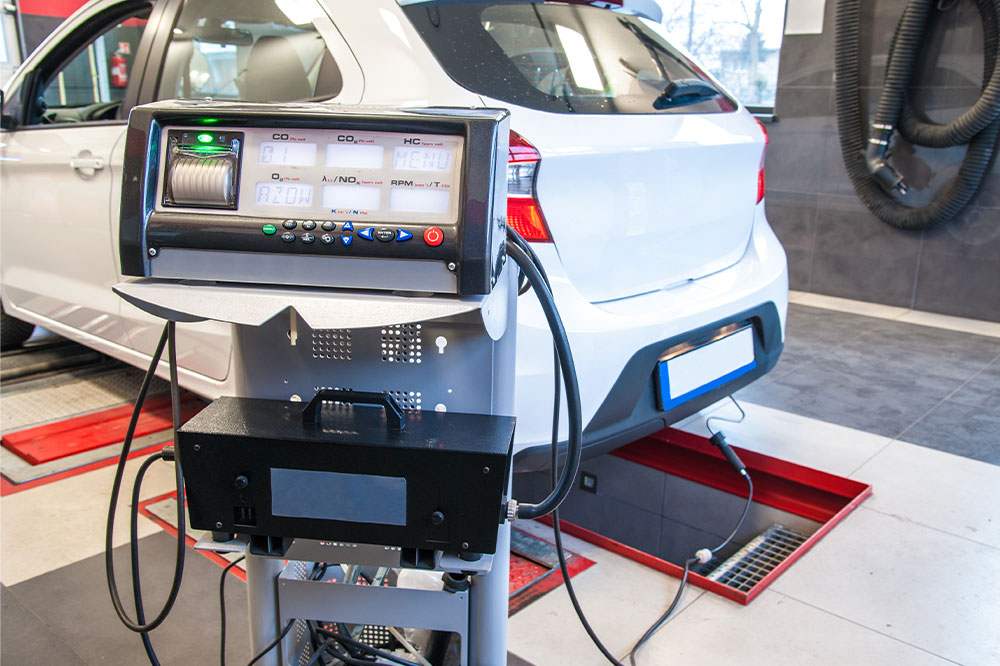Essential Guide to Vehicle Wheel Alignment Types
Learn about the key types of vehicle wheel alignment—front-end, thrust angle, and four-wheel alignment—that are essential for maintaining vehicle safety, efficiency, and tire health. Proper alignment prevents uneven wear and improves driving stability.
Sponsored

Problems with your vehicle's alignment often stem from wheel issues, which can occur from hitting potholes, curbs, or regular wear and tear. Recognizing misalignment is straightforward: your car may pull to one side when driving straight, or the steering wheel may vibrate or sit crooked. This can lead to increased fuel consumption, uneven tire wear, and potential safety risks.

Understanding the three main types of wheel alignment is vital:
Front-end alignment involves aligning the front wheels with the rear axle, ensuring they point correctly towards the vehicle’s centerline. This is often called 'toe-in' or 'toe-out,' depending on whether the wheels face inward or outward.
Thrust angle alignment focuses on the relationship between the front and rear axles, ensuring they are parallel, and the wheelbase remains consistent on all sides. Proper thrust angle alignment enhances safety and improves fuel efficiency, especially in vehicles with rear suspensions.
Four-wheel alignment is designed for vehicles with independent suspension or four-wheel-drive setups. It ensures all four wheels are parallel, correctly oriented to the thrust line, and properly aligned for optimal handling and tire longevity. Ignoring proper alignment can cause reduced vehicle performance and tire uneven wear.






